Rebuilding the Pelvis: Custom Sacroiliac Joint Replacement after Giant Cell Tumor Resection

A Custom Sacroiliac Joint Replacement:
Restoring Pelvic Stability after Giant Cell Tumor Resection
Large tumors of the pelvis, particularly those extending into the sacrum, pose extraordinary surgical challenges.
Biological reconstructions are often not feasible due to the size of the defect, the involvement of neurovascular and
sacral structures, and the need for stable fixation. Custom-made implants, enhanced with TrabecuLink® surfaces for
reliable osseointegration, can provide functional reconstruction while preserving uninvolved structures. This case report
presents the design and successful implantation of a patientspecific sacroiliac joint replacement following resection of a
giant cell tumor.
Preserving the Hip: Resection with Function in Mind
A 27-year-old female patient presented with a giant cell tumor of the left iliac wing that extended into the sacrum. After one year of neoadjuvant DENOSUMAB therapy,
surgical removal was indicated. Since the acetabulum was tumor-free, the hip joint could be preserved. The surgical objective was to achieve wide resection margins
while restoring pelvic continuity and stability.
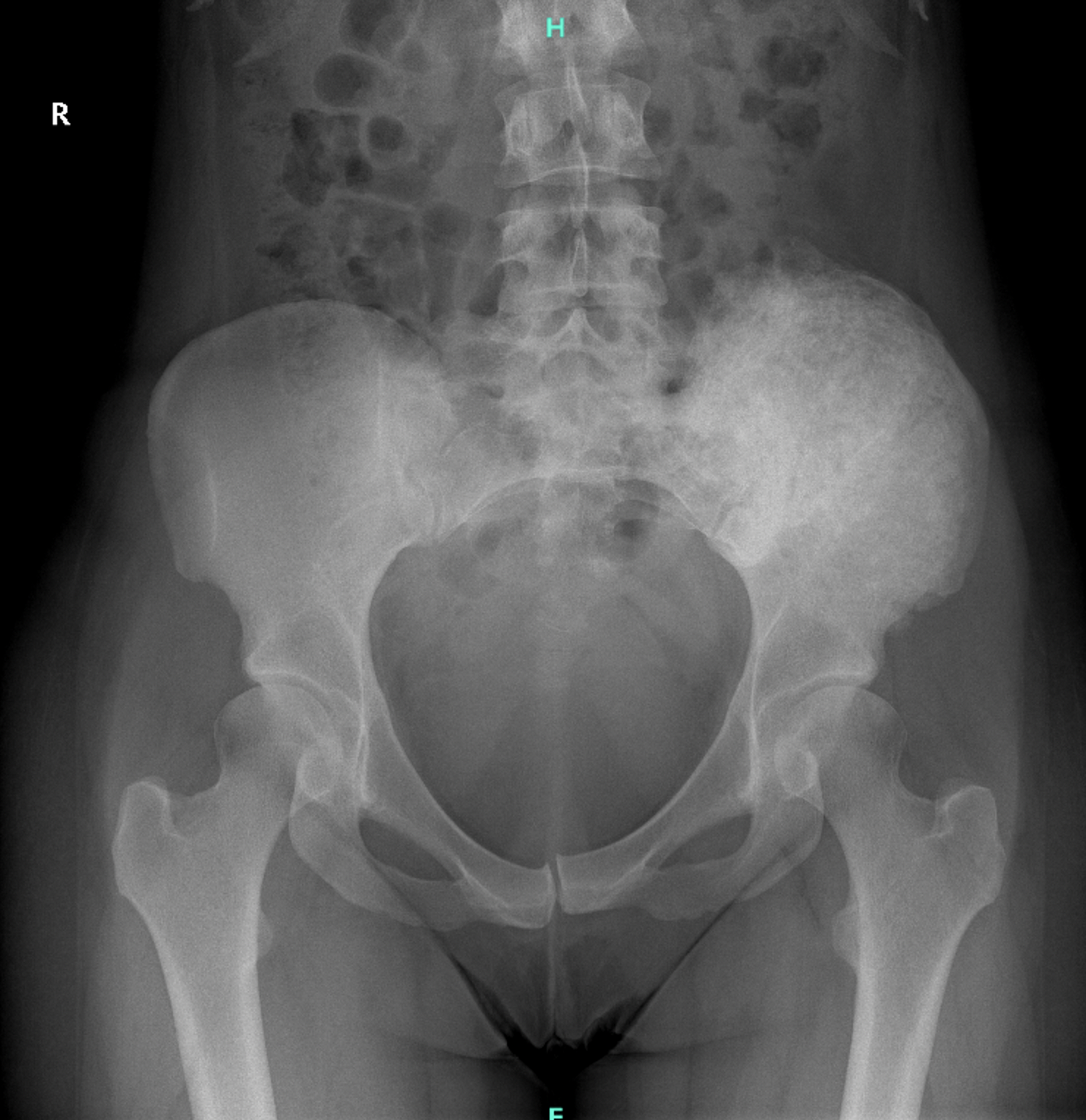
Figure 1: Preoperative pelvic X-ray showing a giant cell tumor in the left iliac wing
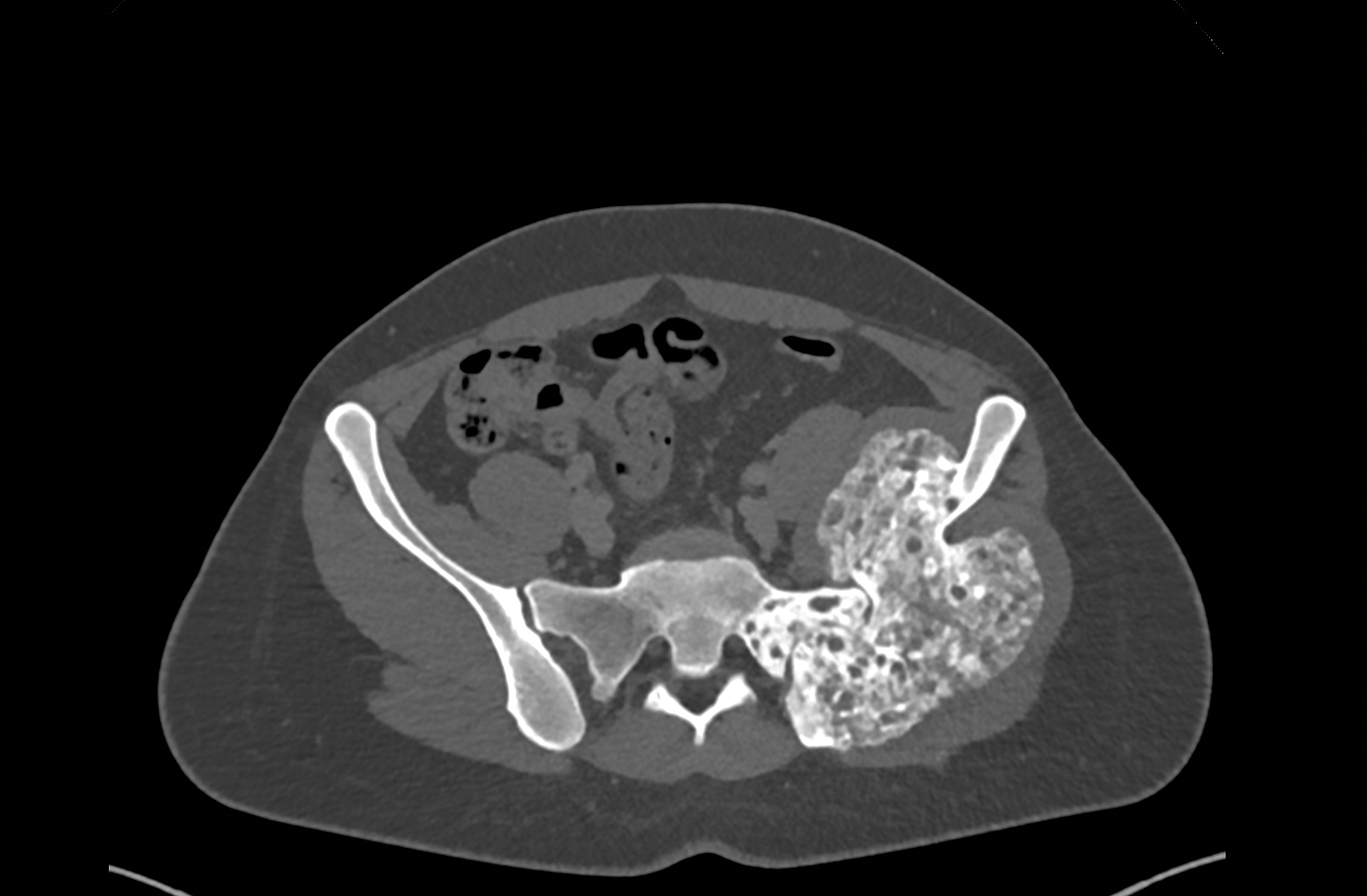
Figure 2: Preoperative MRI showing tumor extension into the sacrum with a preserved acetabulum.
Tailored Implant Strategy:
Precision and Osseointegration In collaboration with the surgical team, customLINK developed a patient-specific sacroiliac joint replacement.
The design combined precision, osseointegration, and stability:
- Patient-specific resection guides enabled accurate and reproducible bone cuts.
- TrabecuLink® structures on the bone-contacting surfaces promoted reliable osseointegration.
- Anatomical iliac crest reconstruction with 3 mm perforations allowed for secure softtissue reattachment.
- Optimized screw placement, iliac stems, and flanges provided mechanical stability and orientation during implantation.
The surgery involved a wide resection of the iliac wing and a partial sacrectomy. These procedures were performed using patient-specific saw guides.
A custom sacroiliac joint replacement was then implanted with secure anchorage in the ilium and sacrum.
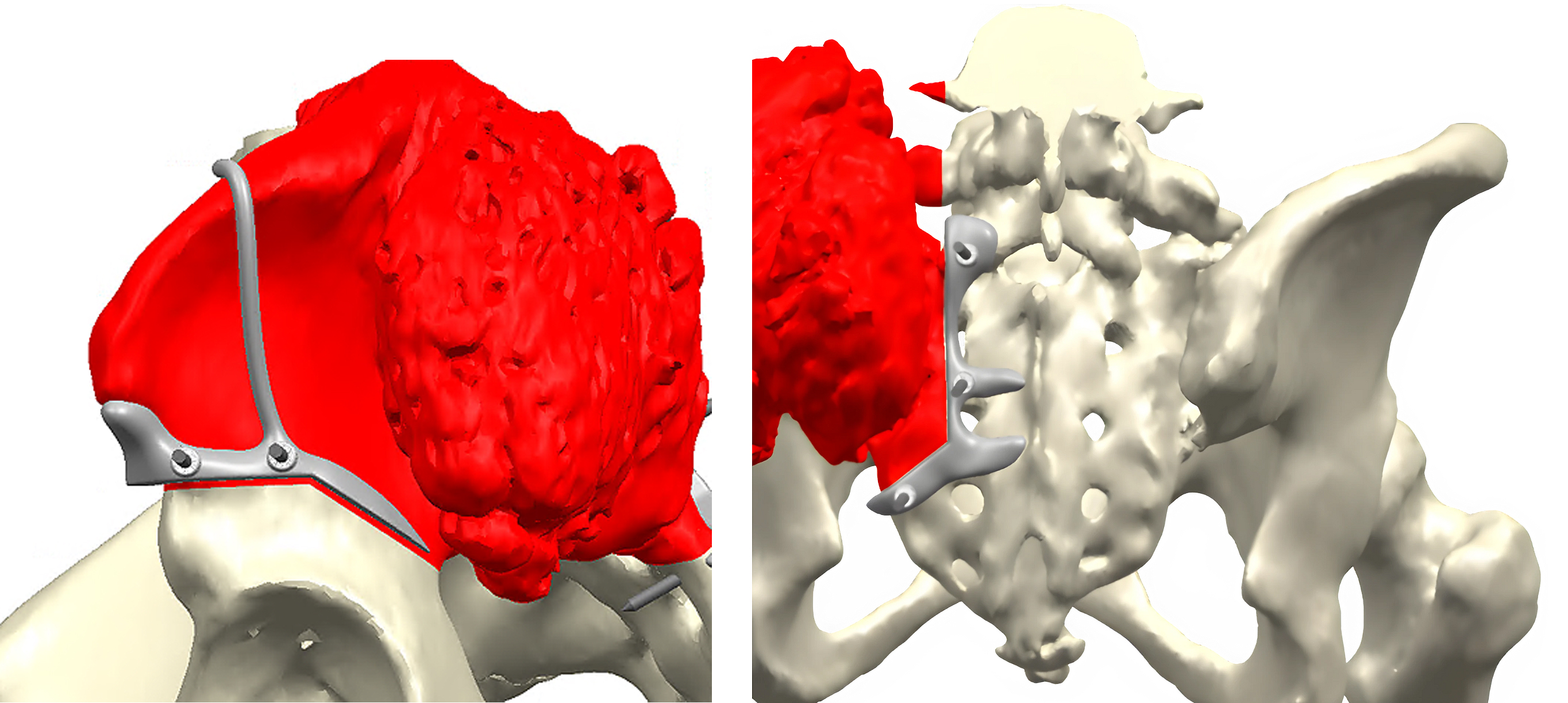
Figure 3: Virtual resection planning with patient-specific saw guides for iliac and partial sacral resection.
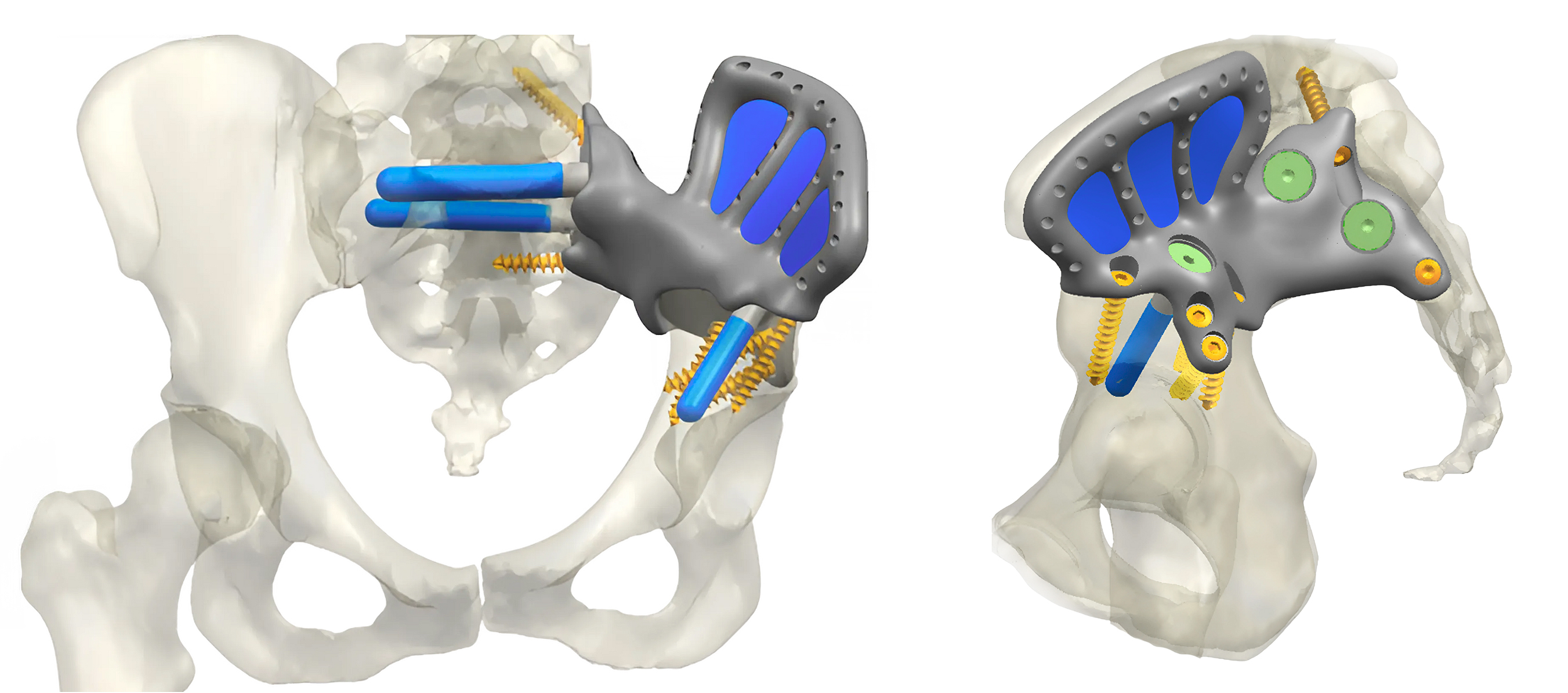
Figure 4: Final 3D design of the custom sacroiliac joint replacement with iliac stems, flanges, and TrabecuLink® surfaces.
Clinical Outcome
The patient’s recovery was uneventful. She was discharged after three weeks without any complications.
She was then initiated on partial weight-bearing, followed by structured rehabilitation. The implant provided
stable fixation, restored pelvic continuity, and preserved the native hip joint.
Figure 5: The custom sacroiliac joint replacement is positioned on a pelvic bone model.
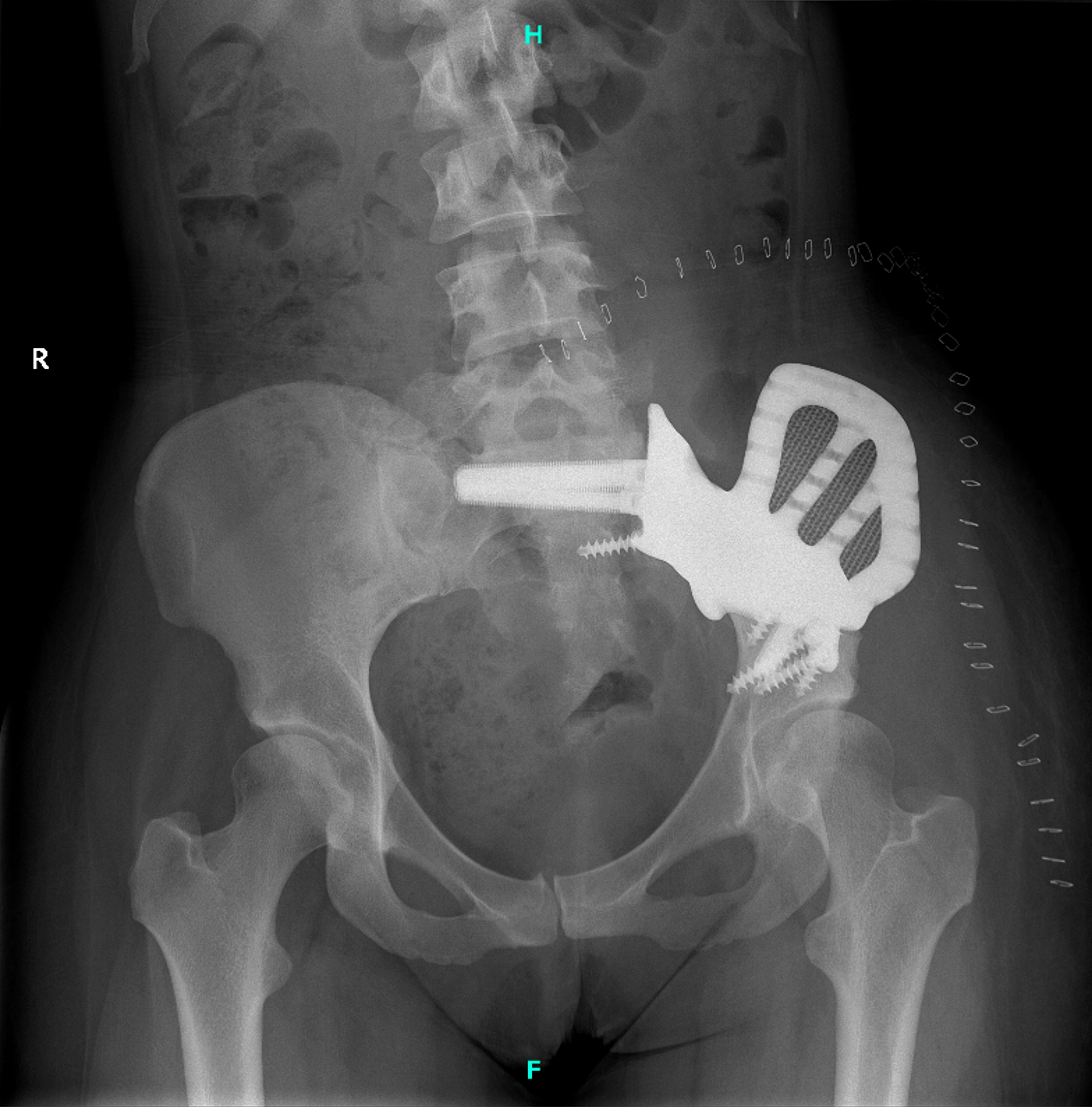
Figure 6: Postoperative anteroposterior pelvic X-ray confirming the correct positioning and fixation of the custom-made implant.
Discussion and Conclusion
Pelvic tumor resections are among the most complex procedures in orthopedic oncology. Biological grafts often fail due to defect size and limited healing potential. This case demonstrates how patient-specific implants can restore stability and function while minimizing morbidity. Integrating TrabecuLink® surfaces for osseointegration and anatomical designs for soft-tissue
fixation highlights the strength of customized technology in simultaneously addressing biomechanical and biological challenges
Clinical Implications
Careful planning, patient-specific guides, and the application of advanced implant technologies resulted in successful reconstruction and early mobilization. Thus, customized sacroiliac joint replacements represent a valuable option in highly complex tumor cases where conventional implants are insufficient. They enable the preservation of anatomy, restoration of stability, and functional recovery.